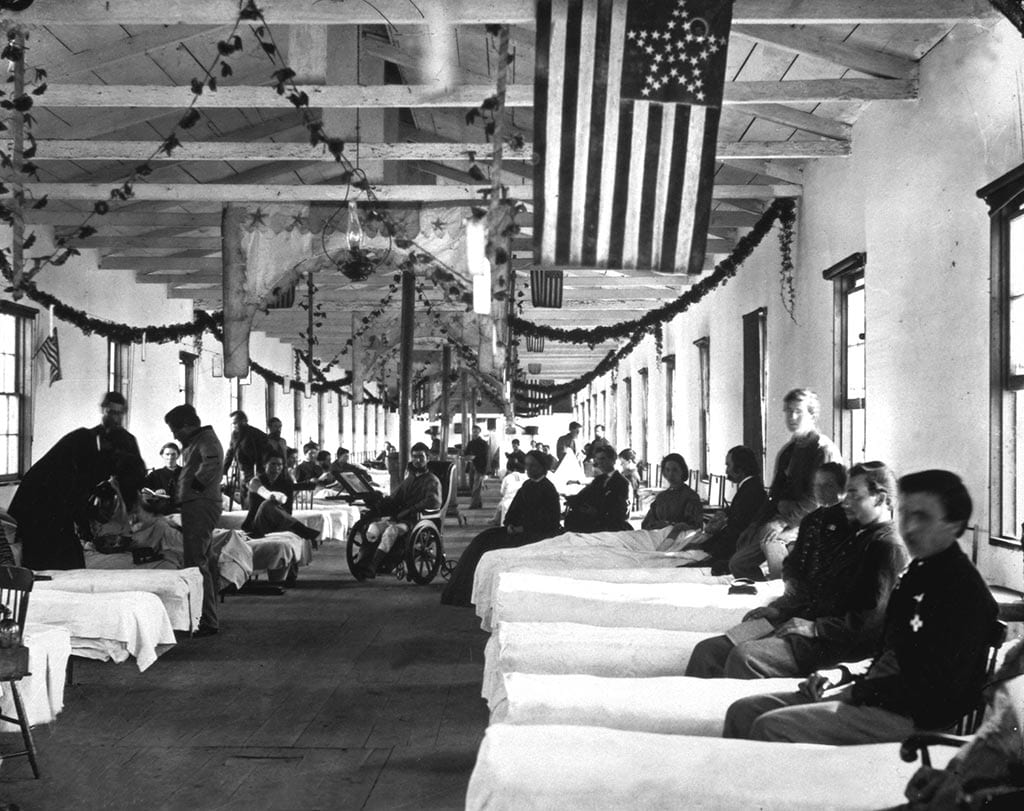

The Illustrated News points out that its portrait of Anderson was sketched from a photo taken at the fort. (War scenes usually took about two weeks to appear in print.) The accompanying article described a “gallant Major as he vainly scanned the horizon for the expected supplies and reinforcements, upon which depended the continued occupation of the fortress, but which, alas, he was never destined to receive.” Union forces surrendered after 34 hours.Īlthough newspapers weren’t yet able to reproduce photographs, says Christoffersen, they could use information documented in photographs to make engravings. The scene he drew graced page 1 of the New York Illustrated News on April 20. Robert Anderson on the rampart of Fort Sumter. These men were dubbed “specials.” When Confederate shots erupted in Charleston Harbor, South Carolina, on April 12, 1861, a special positioned himself near U.S. “There were battlefield sketch artists who were essentially embedded,” says Christoffersen. Calling themselves the “Bohemian Brigade,” they traveled with armies as witnesses to war.

Soon artists and correspondents were covering far more dangerous assignments. The front page uses the abbreviation “Breck’ge, credits the telegraph operator by name and fills the final column with the cryptic, boldface words “Wide Awake.” (In the end, Lincoln carried every Northern state except New Jersey.) Virginia went for candidate John Bell, and North Carolina for John C. Published November 7, 1860, the Times’ election extra reported Lincoln had won Pennsylvania, New York, Ohio, Indiana and Rhode Island. The show, which coincides with the sesquicentennial of the Civil War and runs through 2012, covers key events of the war, including major battles and the lead-up to and resolution of the conflict, says curator Carrie Christoffersen. The Chester County Times is one of more than 30 newspapers spotlighted in “ Blood and Ink: Front Pages From the Civil War” at the Newseum in Washington, D.C. The Twitter of the era, the telegraph cut days or weeks off the time it took dispatches to reach the public. Advances in technology-especially the development of the telegraph-made rapid dissemination of the news possible. It was also a time when news-hungry citizens relied on newspapers as the primary means of mass communication. In Chester County, Lincoln’s win signaled a chance to lay on the exclamation marks. Researchers from the University of California-Davis. Multiple issues plaguing the United States that could trigger violence on a wider scale have been reflected in new research which found that half of Americans believe a civil war will take place in the next few years. This was a time when newspapers were rigidly aligned with political parties. 1 day ago &0183 &32 Half of Americans expect civil war. “Corruption Ended!! The Country Redeemed! Secession is Rebuked!!! Let the Traitors Rave!” The Chester County Times in Pennsylvania made no attempt to disguise how it felt about the election of Abraham Lincoln as the nation’s 16th president.


 0 kommentar(er)
0 kommentar(er)
